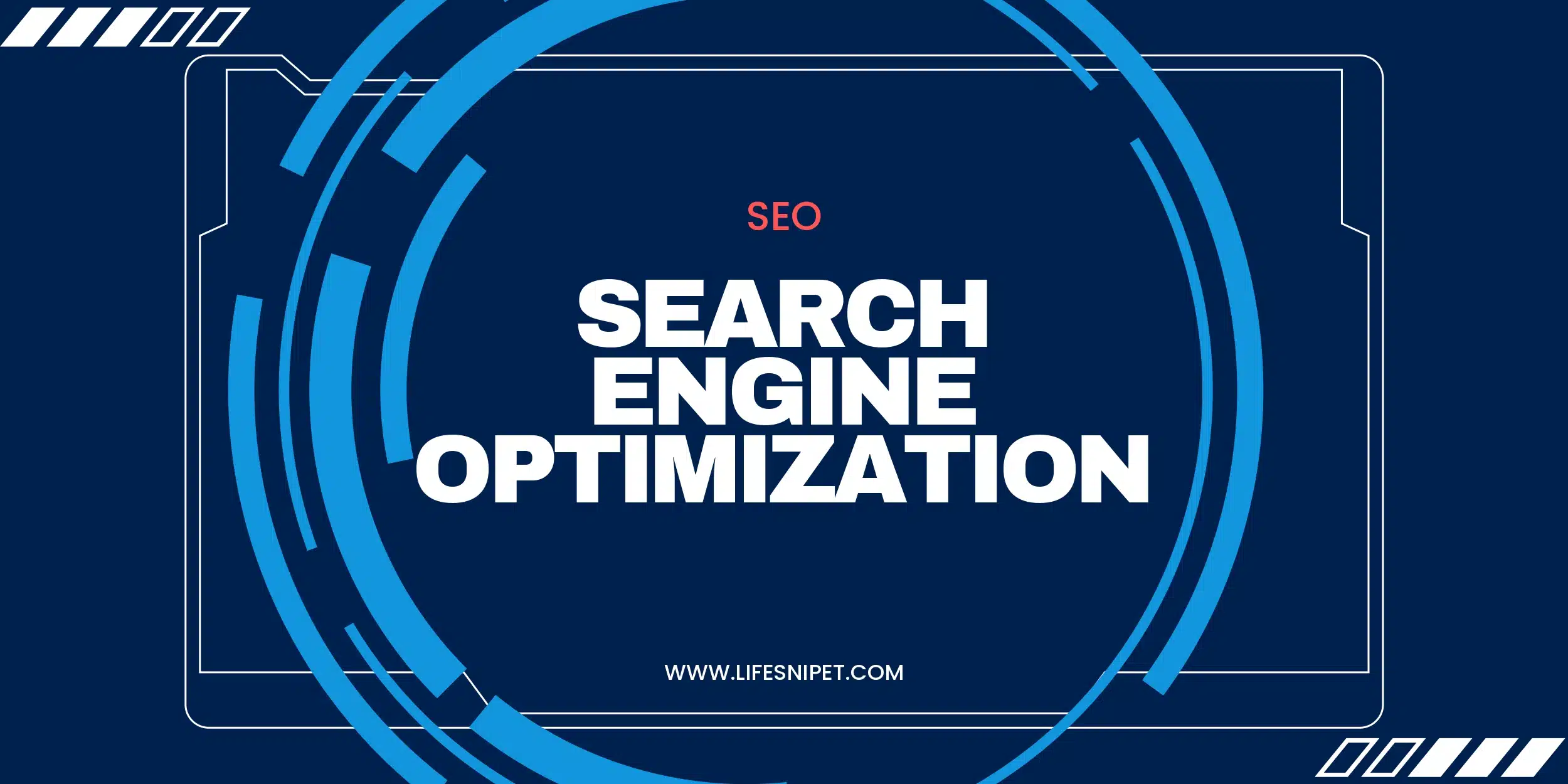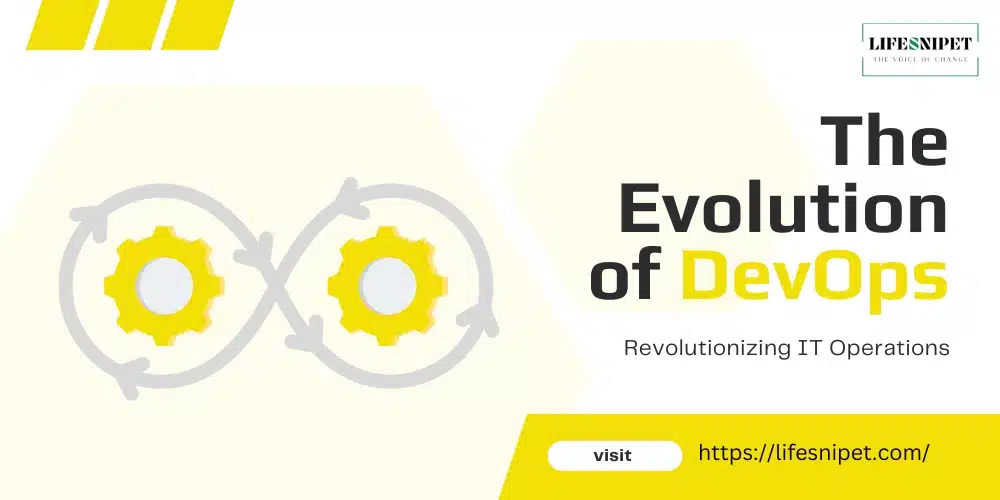In recent years, 3D printing has emerged as a revolutionary technology that has the potential to reshape the landscape of manufacturing. Also known as additive manufacturing, 3D printing allows for the creation of three-dimensional objects by layering materials on top of each other based on a digital model. This groundbreaking technology can transform the way products are designed, prototyped, and manufactured.
The history and evolution of 3D printing
The concept of 3D printing can be traced back to the 1980s when Chuck Hull, the co-founder of 3D Systems, invented stereolithography, the first 3D printing process. However, it wasn’t until the early 2000s that 3D printing started gaining traction in various industries. Over the years, technology has evolved significantly, with advancements in materials, printers, and software. Today, 3D printing is used in a wide range of applications, from aerospace to healthcare.
How does 3D printing work?
At its core, 3D printing works by translating a three-dimensional digital model into a physical object. The process begins with the creation of a digital design using computer-aided design (CAD) software. This design is then sliced into thin cross-sectional layers. The 3D printer then builds the object layer by layer, using various materials such as plastics, metals, or even biological materials. The printer follows the instructions from the digital model, depositing the material in precise locations to create the desired shape.
Applications of 3D printing in various industries
The applications of 3D printing are virtually limitless. In the healthcare industry, 3D printing has been used to create custom prosthetics, dental implants, and even organs. In aerospace, 3D printing enables the production of lightweight, complex parts that were previously impossible to manufacture. The automotive industry has also embraced 3D printing for rapid prototyping and the production of specialized components. Other industries, such as architecture, fashion, and consumer goods, have also started harnessing the power of 3D printing for their specific needs.
Advantages and disadvantages of 3D printing
While 3D printing offers numerous advantages, it also comes with its own set of limitations. One of the main advantages of 3D printing is its ability to create highly complex geometries that would be impossible with traditional manufacturing methods. 3D printing also allows for rapid prototyping, reducing the time and cost associated with developing new products. However, the technology still faces challenges in terms of speed, scalability, and material limitations. Additionally, the cost of 3D printers and materials can be prohibitive for small businesses or individuals.
The future possibilities of 3D printing
The future of 3D printing holds immense potential. As technology continues to advance, we can expect to see even more innovative applications emerge. One of the areas with promising prospects is bioprinting, which aims to create functional human tissues and organs. This could revolutionize the field of regenerative medicine and transform the way we approach healthcare. Additionally, advancements in materials science could lead to the development of new, high-performance materials that further expand the capabilities of 3D printing.
Innovations in 3D printing technology
In recent years, there have been several notable innovations in 3D printing technology. One such advancement is the development of multi-material 3D printing, which allows for the printing of objects with different materials and properties in a single process. This opens up new possibilities for creating complex, multi-functional products. Another exciting development is the use of 3D printing in construction, where entire buildings can be printed using large-scale 3D printers. These innovations are pushing the boundaries of what is possible with 3D printing and fueling further research and development in the field.
The impact of 3D printing on manufacturing processes
The impact of 3D printing on traditional manufacturing processes cannot be understated. With 3D printing, manufacturers can reduce waste by only using the exact amount of material required for production. This not only saves costs but also has significant environmental benefits. 3D printing also enables on-demand manufacturing, eliminating the need for large inventories and reducing lead times. Additionally, the ability to quickly iterate and customize designs allows for greater flexibility and responsiveness in the manufacturing process.
Challenges and limitations of 3D printing
While 3D printing has the potential to revolutionize manufacturing, it also faces several challenges and limitations. One of the main challenges is the speed of the printing process. 3D printing can be a time-consuming process, especially when producing large or complex objects. Scalability is another limitation, as current 3D printers are often limited in terms of size and volume. Material limitations also pose a challenge, as not all materials can be easily 3D printed. Additionally, the quality and reliability of 3D-printed parts may not always meet the standards required for certain applications.
Conclusion: The future of manufacturing with 3D printing
In conclusion, 3D printing is poised to have a profound impact on the future of manufacturing. The technology offers unprecedented possibilities for creating complex, customized objects with minimal waste. While there are still challenges to overcome, ongoing research and development are driving innovations in materials, printers, and software, further expanding the capabilities of 3D printing. As the technology continues to mature, we can expect to see even more exciting applications emerge across various industries.
FAQs
Q: How accurate is 3D printing?
A: The accuracy of 3D printing depends on several factors, including the type of printer, materials used, and the complexity of the object being printed. In general, 3D printers can achieve high levels of accuracy, with tolerances as low as 0.1 mm or even less.
Q: Can 3D printing replace traditional manufacturing methods?
A: While 3D printing offers many advantages, it is unlikely to completely replace traditional manufacturing methods. Instead, it is likely to complement existing processes and be used for specific applications where it excels, such as rapid prototyping, customization, and the production of complex geometries.
Q: How affordable is 3D printing?
A: The cost of 3D printing varies depending on factors such as the printer type, materials used, and the complexity of the object being printed. Entry-level 3D printers can be relatively affordable, starting at a few hundred dollars, while industrial-grade printers can cost tens of thousands or even more.
Q: Can 3D printing be used for mass production?
A: While 3D printing is suitable for small-scale production and customization, it is not yet widely used for mass production. The speed and scalability limitations of 3D printing make it more suitable for producing low to medium volumes of parts.
Q: What are the main materials used in 3D printing?
A: The materials used in 3D printing vary depending on the type of printer and the desired properties of the printed object. Common materials include plastics, metals, ceramics, and even biological materials such as living cells.

Welcome to LifeSnipet! At LifeSnipet, we’re your ultimate source for the latest health updates. Specializing in health and fitness-related diseases, we delve deep into Ayurvedic techniques, providing you with a comprehensive understanding of well-being. Explore our real-time updates, detailed articles, and ancient Ayurvedic wisdom for a holistic approach to health. Embark on a journey to a healthier, vibrant life with LifeSnipet – where your well-being is our priority!











